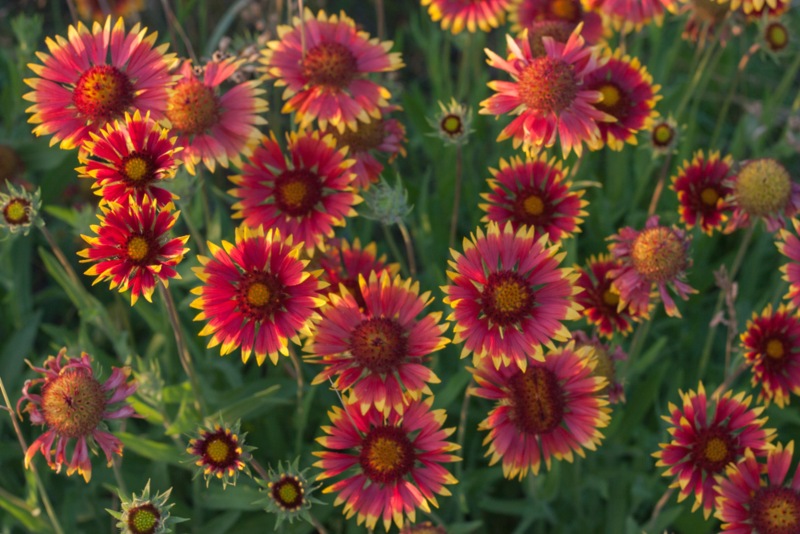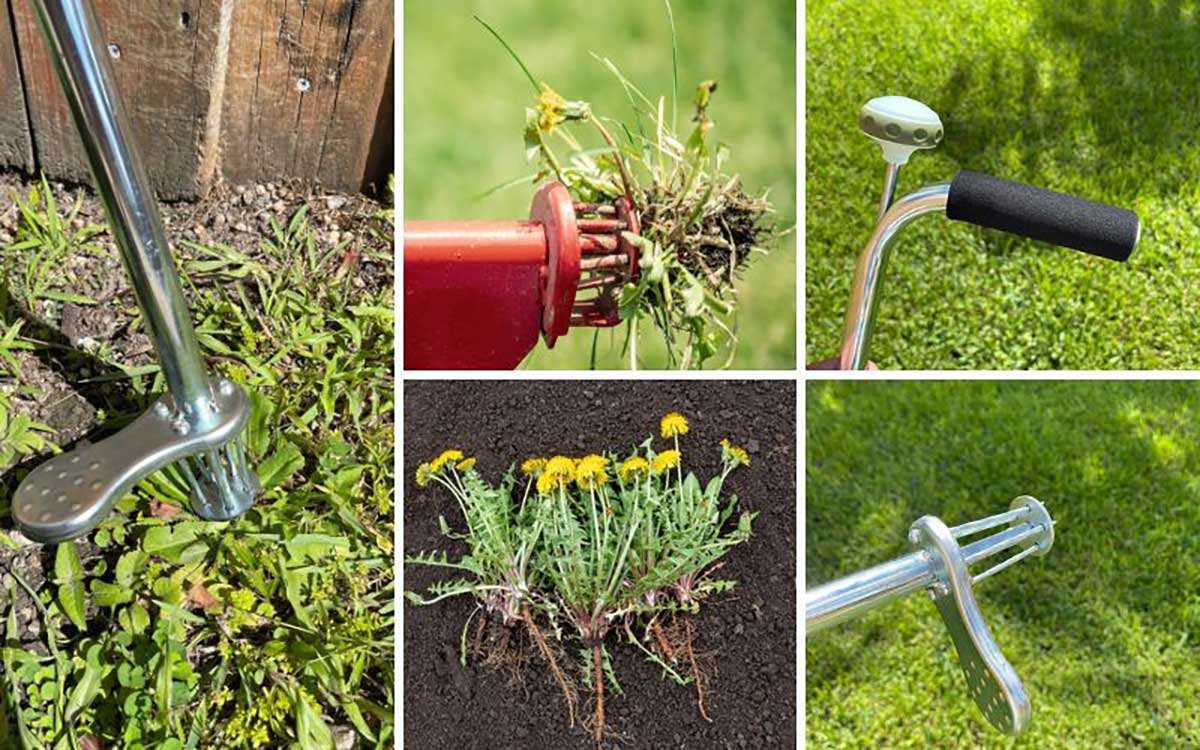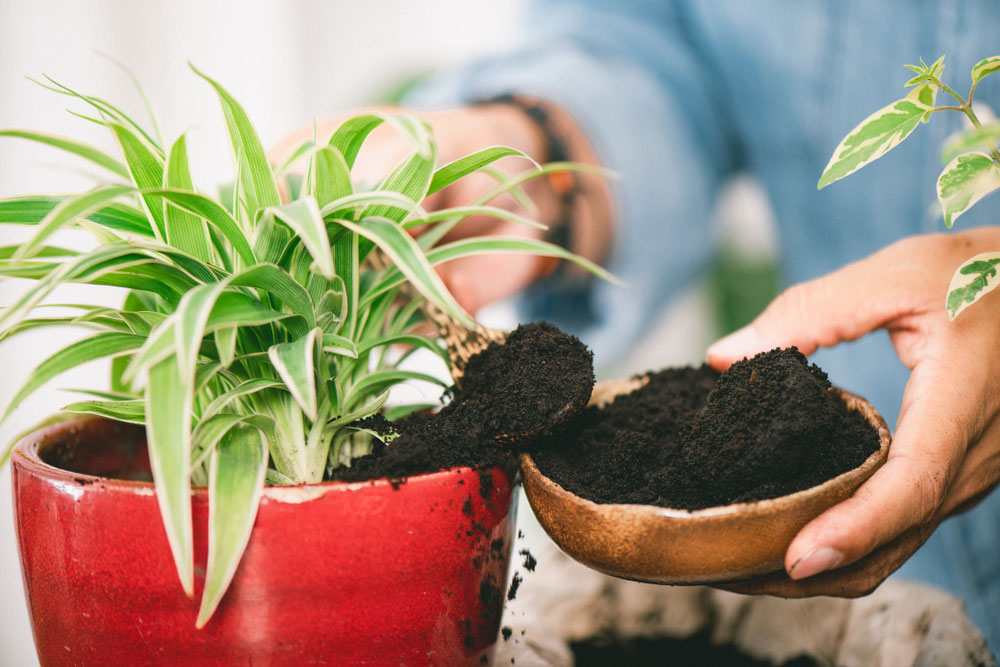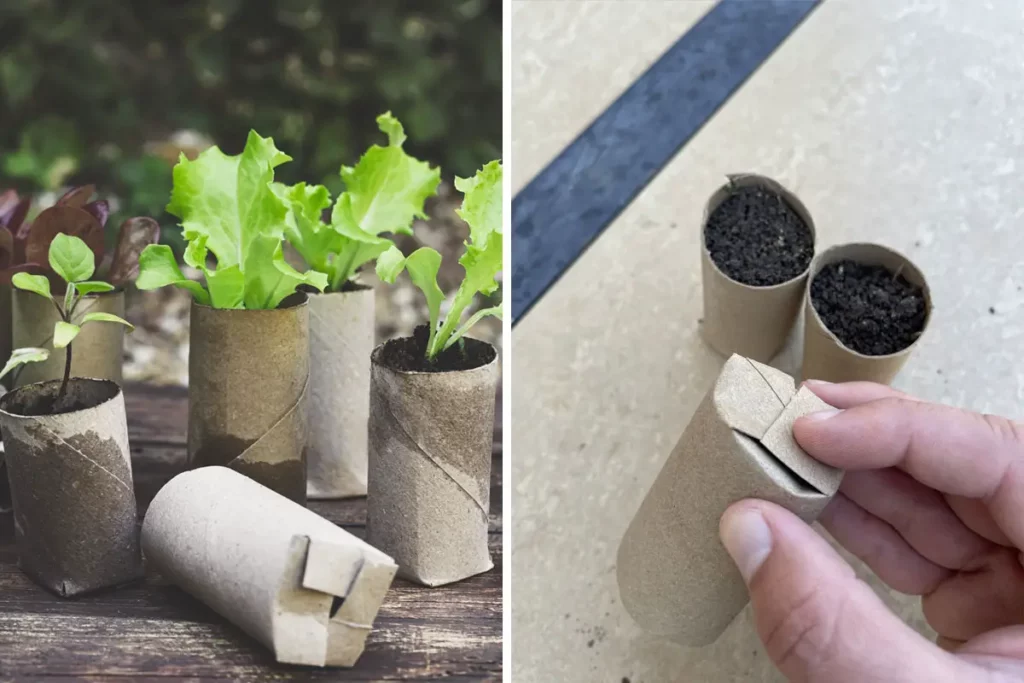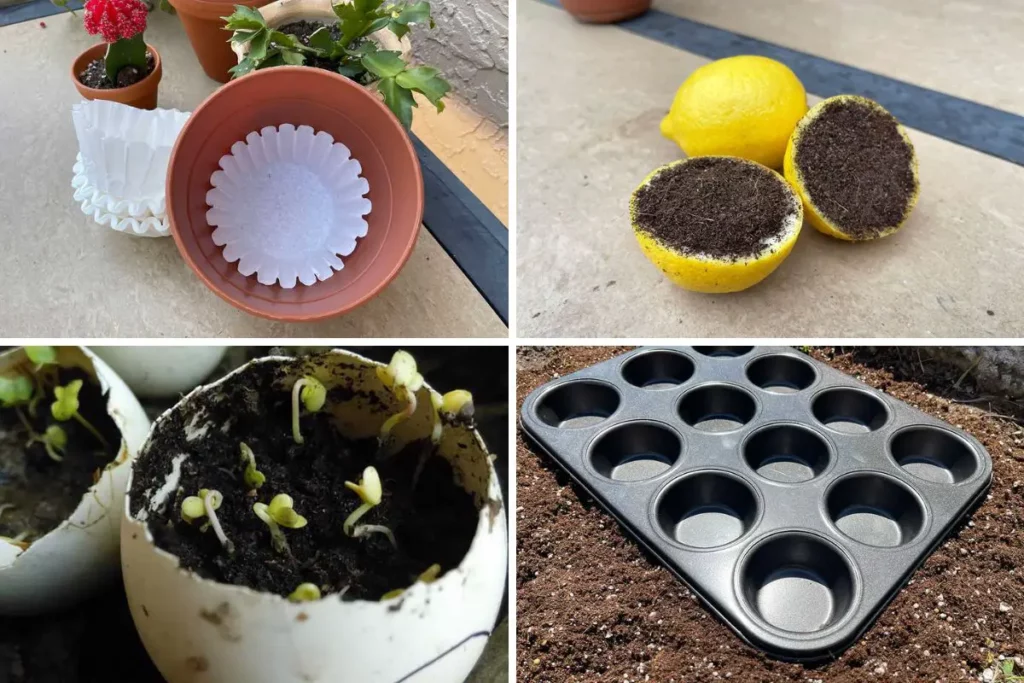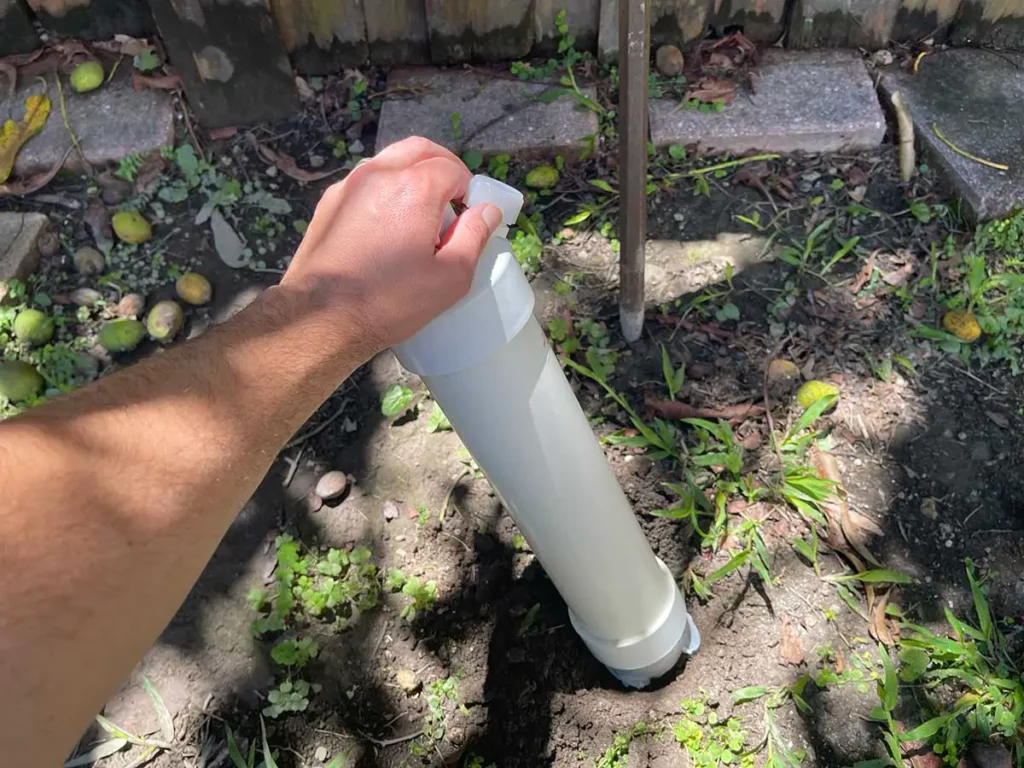
Planting a tree can be a rewarding endeavor, and using a PVC watering system in the process can provide numerous benefits.
A PVC watering tube helps to ensure proper hydration of the root system, minimizing the need for frequent surface watering and increasing the chances of a tree’s successful growth.
In this article we’ll cover how to plant a tree using a PVC watering tube, step by step. This approach not only guarantees efficient water delivery directly to the roots but also contributes to water conservation, as it reduces evaporation and runoff.
So, let’s dive in and learn about this effective tree-planting technique!
Preparing the PVC Watering System
Before planting a tree with a PVC watering tube, it is essential to prepare the tube correctly. Doing so ensures proper watering and healthy growth of the tree. Follow these simple steps to get started:
First, gather all necessary materials. These include:
- A PVC pipe, 3-4 inches in diameter and approximately 2-3 feet long
- A PVC pipe cap to cover the top
- A drill with a small bit (1/8 inch or 2-3mm)
Once materials are ready, follow these steps:
- Using the drill and bit, create multiple holes along one side of the PVC pipe. Space these holes approximately 2-3 inches apart, starting about 4 inches from the bottom of the pipe. These holes will allow the water to be slowly released into the soil around the tree.
- Clean the pipe, removing any debris or plastic shards created by drilling. This step ensures that nothing will obstruct the water flow, allowing it to reach the tree roots efficiently.
- Attach the PVC pipe cap to the top of the pipe. Ensure a secure fit to avoid water loss during the watering process.
With the PVC watering tube prepared, it is now ready to be installed alongside the tree.
Watch Video Instructions Below!
Digging the Hole
Before planting the tree, one must first dig an appropriate hole to accommodate the tree’s root ball and the PVC watering tube. Start by measuring the diameter and depth of the root ball. The hole should be at least twice the diameter of the root ball or container and as deep as the root ball itself.
While digging the hole, it’s crucial to pay attention to the soil composition. If the soil is hard or compacted, it can be challenging for the tree roots to spread and establish themselves. In such cases, use a garden fork to loosen the soil at the bottom and sides of the hole for better root penetration.
Once the hole is dug, place the PVC watering tube inside, positioning it vertically and ensuring that the top of the tube is slightly above ground level. This will provide an efficient watering system for the tree as it grows.
Carefully examine the hole to make sure there are no roots or debris, as they may hinder the tree’s growth. Remove any such obstructions, ensuring a clean and clear environment for the tree.
Planting the Tree
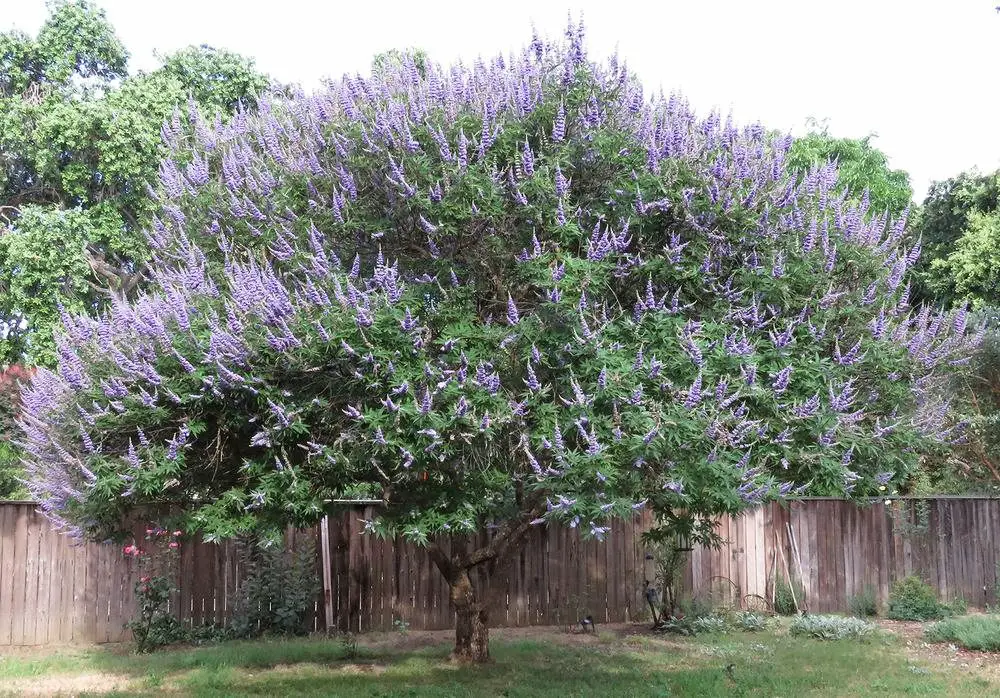
Before planting the tree, ensure that the PVC watering tube is prepared. Begin by digging a hole approximately twice the width of the tree’s root ball and slightly deeper than its height. This allows for proper root growth and makes it easier to position the PVC watering tube in the planting hole.
Once the hole is ready, place the tree in the center, ensuring that the top of the root ball is level with the surrounding soil. Gently spread out the roots if the root ball is wrapped in a container or burlap. Carefully position the PVC watering tube in the planting hole so that it stands vertically and extends a few inches above the soil line. The bottom of the tube should sit near the tree’s root ball, allowing for efficient water delivery to the root system.
With the tree and PVC watering tube correctly positioned, begin backfilling the hole with an even mix of the previously removed soil and a well-draining compost or soil amendment. Firmly but gently tamp down the soil mix as you fill the hole to eliminate air pockets, which could hinder root growth. When the planting hole is approximately two-thirds full, add water to the soil mix to help it settle around the root ball and PVC watering tube.
Continue to backfill the hole until the root ball is completely covered and the soil is level with the ground. Create a circular berm or modest water basin around the trunk of the tree to guide water toward the root system and PVC watering tube. Add a layer of organic mulch, such as plant clippings or wood shavings, around the tree while leaving a few inches of clearance from the trunk to discourage pests and prevent rot.
Finally, fill the PVC watering tube with water and monitor the soil moisture regularly. Water the tree through the tube as needed based on the type of tree, climate, and soil conditions. The PVC watering tube will provide deep root watering, encouraging the tree to establish a strong and healthy root system.
Filling the Hole
After placing the PVC watering tube and tree in the hole, it’s time to fill the hole back up with soil. Before beginning, it’s essential to ensure the tree is straight and properly positioned. A second person may be helpful in holding the tree steady during this process.
Begin by gently adding the removed soil back into the hole, taking care to not damage the tree’s roots. It’s also valuable to mix in some organic compost with the soil while filling the hole. This enhances the soil’s nutrient content, promoting healthier growth for the tree.
As you fill the hole, periodically pause and lightly tamp the soil down with your hands or the back of a shovel. This prevents large air pockets from forming around the roots, which can dry them out and hinder the tree’s growth. Be careful not to compact the soil too much, as this can limit the amount of water and oxygen available to the tree’s roots.
Once the hole is nearly full and the tree is securely in place, add a few inches of mulch around the base of the tree. Mulch helps retain moisture in the soil, suppresses weeds, and can provide additional nutrients over time. Make sure the mulch is not directly touching the tree’s trunk to avoid excessive moisture, which can lead to rot or pests.
Lastly, be sure to water the tree thoroughly after planting to settle the soil and establish good contact between the roots and their new environment. The PVC watering tube will enable targeted irrigation, ensuring the water reaches deep into the root zone for optimal growth.
Watering and Maintenance
Planting a tree with a PVC watering tube is an effective method for ensuring proper hydration and supporting healthy tree growth. Watering and maintenance are key factors in the success of this approach.
After planting the tree, it is necessary to water it regularly to establish a strong root system. Typically, watering should be done 1-2 times per week for the first couple of months, gradually reducing the frequency as the tree becomes more established. It is important to monitor the soil moisture to avoid over or under-watering.
Using the PVC watering tube, water can be delivered directly to the root zone, preventing wastage and reducing the risk of disease. To do this, simply pour water into the tube and allow it to seep through the porous pipe, providing moisture to the roots. A slow release of water promotes deep root growth and ensures the soil remains consistently damp.
Maintenance of the PVC watering tube is minimal. One should periodically check the tube for any damage or leaks and make necessary repairs. Keeping the tube clean prevents clogs and ensures the proper flow of water to the tree.
Additionally, remember to apply mulch around the base of the tree. This helps to retain moisture, regulate soil temperature, and suppress weeds.
The success and growth of a tree planted with a PVC watering tube greatly depends on consistent watering and proper maintenance. Following these guidelines will greatly improve the tree’s chances of thriving and providing the desired shade and aesthetic appeal.
Monitoring Growth and Health
Keeping track of the tree’s progress and overall health is essential to ensure its successful growth with the help of a PVC watering tube. In this section, we’ll discuss some useful monitoring techniques and signs of healthy development.
First and foremost, regularly inspect the tree for any signs of stress or disease. Some common indicators include discolored leaves, wilting, or visible pests. If necessary, take appropriate measures to treat any issues found. For instance:
- If there’s an infestation, consider using organic pesticides.
- If there’s a disease, prune the affected branches and dispose of them properly.
Another essential aspect to monitor is the tree’s growth rate. While growth rates vary according to species, a healthy tree should exhibit steady progress over time. Measure the trunk’s diameter and height periodically, and document these measurements in a notebook or digital record for easy comparison.
Additionally, assess the effectiveness of the PVC watering tube. Check for any leaks or damage, ensuring that water reaches the tree’s roots as intended. Clean the tube from time to time to prevent clogging and maintain optimal performance.
Lastly, observe the surrounding environment for any factors that may impact the tree’s well-being, such as soil erosion or excessive shade. If needed, take measures to control these elements to promote healthy growth and longevity.

